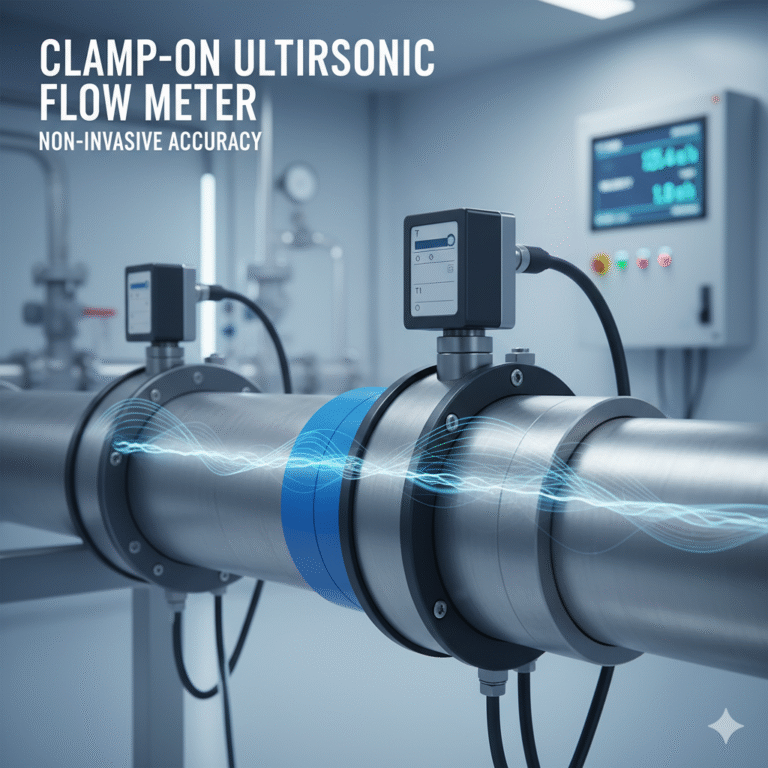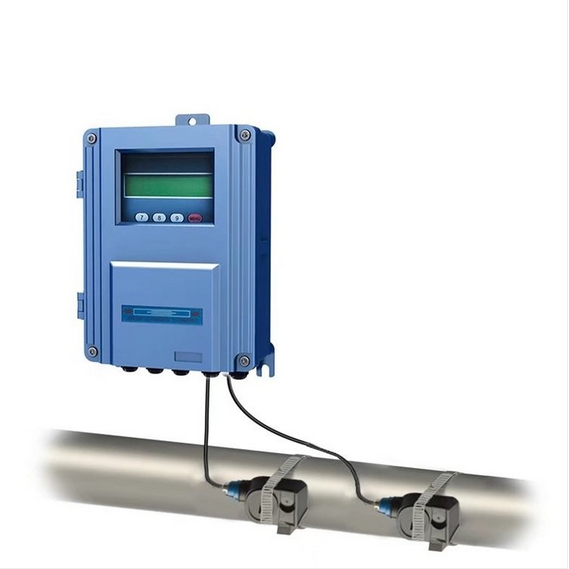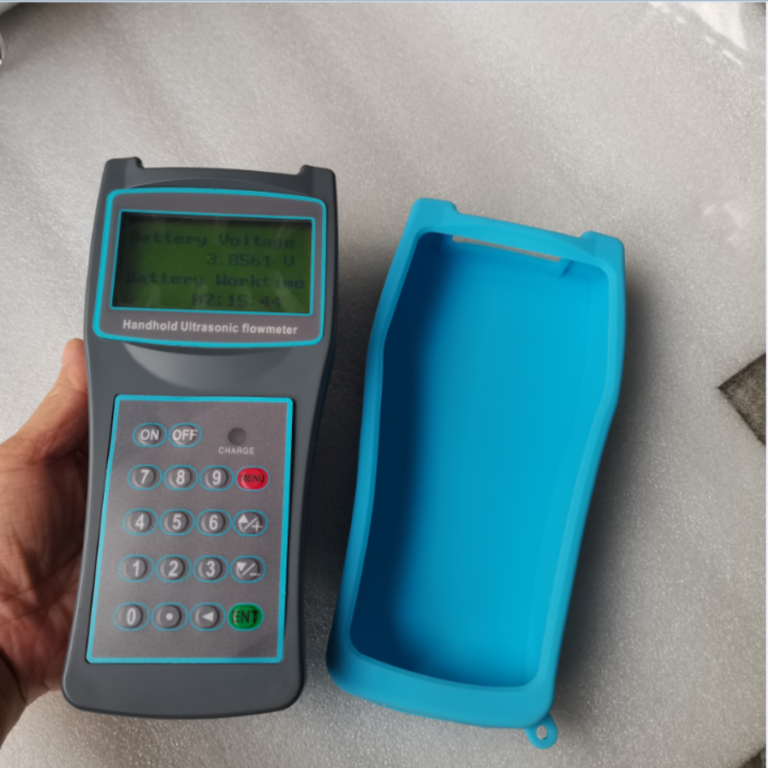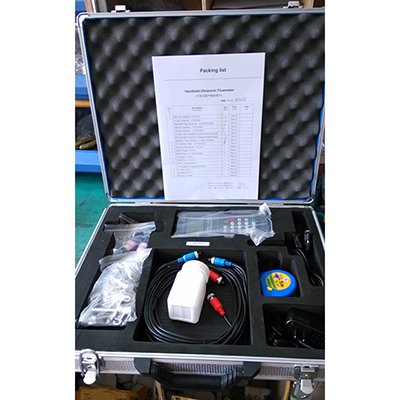Clamp-on ultrasonic flow meters are non-invasive flow measurement tools, where the correct installation distance plays a critical role in ensuring measurement accuracy. Based on industry practices and technical standards, the installation distance must meet three core requirements: pipe straight length, interference avoidance, and sensor spacing. These factors are essential for ensuring stable signal transmission.

1. Pipe Straight Length: The Basis for Stable Fluid Flow
Clamp-on ultrasonic flow meters require sufficient straight pipe length upstream and downstream from the installation point to eliminate the influence of turbulence on the signal. The specific standards are as follows:
Upstream Straight Pipe Length: Should be greater than 10 times the pipe diameter (10D) to avoid disturbances from elbows, valves, and other components that cause uneven flow distribution. For example, for a DN100 pipe, the upstream straight length should be at least 1 meter.
Downstream Straight Pipe Length: Should be greater than 5 times the pipe diameter (5D) to reduce interference from reflected waves. If there is a pump or valve downstream, it is recommended to extend the length to 10D.
Pump Distance: The installation point should be at least 30 times the pipe diameter (30D) away from any pump to prevent mechanical vibrations and pressure fluctuations from affecting the signal. For instance, tests at a water treatment plant show that if the pump is less than 20D away, the flow measurement error can be as large as ±5%.

2. Avoiding Interference Sources: Ensuring Signal Purity
The installation position must be away from strong electromagnetic fields and mechanical vibration sources, such as:
Variable Frequency Drives and High-Voltage Cables: These should be kept at least 2 meters away to prevent high-frequency interference that could distort the signal.
High-Power Radio Stations and Motors: The sensors should be installed outside their radiation range. If necessary, shielded cables can be used to enhance resistance to electromagnetic interference.
Pipe Supports and Fixtures: The sensors should avoid being near welds, brackets, or other components that may cause vibration, ensuring stable signal transmission.

3. Sensor Spacing: Precise Control of Sound Wave Propagation
The sensor spacing should be dynamically adjusted based on the pipe diameter and installation method:
V-Installation (Ideal for Small Diameters): The two sensors should be horizontally aligned, and the distance between them is automatically calculated by the device (e.g., for a DN50 pipe, the spacing is about 100mm), ensuring a stable sound wave reflection path.
Z-Installation (For Large Diameters or Fouled Pipes): The sensor spacing should equal the pipe diameter (e.g., for a DN300 pipe, the spacing is 300mm) to reduce signal attenuation.
Couplant Usage: A specialized coupling agent should be applied evenly between the sensors and pipe walls before installation to remove air bubbles and improve sound wave transmission efficiency.

Conclusion
The installation distance of clamp-on ultrasonic flow meters should be comprehensively considered based on pipe characteristics, fluid conditions, and environmental interference. It is recommended to measure parameters such as pipe diameter and wall thickness with professional tools and refer to the equipment manual for optimal spacing. After installation, signal strength and accuracy checks should be performed to ensure the error is controlled within ±1%.
With the future development of intelligent algorithms and adaptive sensor technologies, the tolerance range for installation distance is expected to expand, pushing flow measurement to higher levels of efficiency and precision.
